Exploring Aye Yoruba History Through Orishas and Their Tools
The Aye Yoruba history is rich with culture, spirituality, and wisdom that has been passed down through generations. Central to this culture are the Orishas, deities that embody natural forces and help guide individuals through life’s journey. Each Orisha is accompanied by specific tools or symbols that carry profound meanings. Let’s dive into the fascinating world of Orishas and their tools to uncover the deeper essence of Yoruba culture.
Understanding Aye Yoruba History
The Yoruba people boast a long and storied past, rich with tradition and spirituality. At the heart of this history are the Orishas, revered deities that reflect nature and human virtues. Understanding them provides a window into the spiritual heritage that still influences modern Yoruba culture.
These deities and their associated narratives not only highlight the moral and ethical guidelines that shape Yoruba society but also offer lessons on the nature of existence itself. The Yoruba concept of ‘ayé,’ meaning the world or Earth, reflects the interconnectedness of the spiritual and the physical realms. Drawing from traditional Yoruba teachings, the existentialist view of ‘Ṣíṣe ayé’ or ‘doing the world’ emphasizes an active engagement with the challenges and opportunities we encounter in the ‘ayé’ A Sartrean Approach to Ayé Ṣíṣe in Yorùbá Existentialism.
The concept of ayé is not simply a passive existence but a transformative journey where individuals fulfill their destinies amidst circumstances not of their own making. The Yoruba people often speak of ‘ayé’ as a marketplace—a metaphorical stage where mortals live out the dramas of their distinctive destinies. This vibrant view of life encourages individuals to view their world as a space filled with potential and purpose, where they can manifest their own stories and contribute positively to the wider community.
Who Are the Orishas?
The Orishas are spiritual entities that represent various forces of nature and human experience. Each Orisha governs specific aspects of life and nature, offering guidance, protection, and wisdom to their followers. These revered figures have distinct personalities, stories, and symbols associated with them.
Among the Orishas recognized in Yoruba spiritual systems, some, like Obatala, play critical roles, often associated with the creation and organization of the world. Known as “the creator and wisdom keeper,” Obatala is venerated for his creative influence and his embodiment of purity and wisdom. His story serves as a reminder of the power and responsibility that comes with creation, as well as the human susceptibilities that accompany divine duties.
Each Orisha has unique attributes, involving both virtues and flaws, which resonate with the human conditions they aim to guide. Babalú-Ayé, for instance, is linked to illness and healing, intertwined with the elemental fear and gratitude humans hold for nature’s arbitrary forces Babalú-Ayé. Revered for his connection to the Earth and his abilities to heal or invoke disease, these characteristics teach worshippers the duality of existence and the importance of balance.
The Role of Tools in Orisha Worship
In Yoruba tradition, each Orisha is symbolized by particular tools or objects, which are integral to worship and rituals. These tools not only represent the Orisha’s powers but also facilitate communication and connection between the spiritual and physical worlds.
Tools associated with the Orishas serve as conduits through which the divine can be channeled during ceremonies. For instance, devotees of Obatala might employ white garments in their rituals to invoke purity and clarity. The color white is not merely aesthetic; it represents a sacred purity, acting as a canvas that reflects both the spiritual cleanliness associated with Obatala and a physical manifestation of his attributes Obatala.
The act of using these tools during rituals enables practitioners to remain connected to their Orishas, reinforcing a continuous dialogue with the spiritual world. Ritual objects like beads, drums, and sacred herbs are not mere decorative pieces but hold significant spiritual value, enhancing the vibrational energy needed during worship. The use of sacred tools creates a sacred space where the spiritual presence of the Orishas is keenly felt, ensuring a powerful and transformative experience for devotees.
Beyond the ceremonial use, these tools also serve as symbols of the Orishas’ individual stories and virtues. For example, the seashells of Yemoja symbolize her connection to the water and the nourishing, maternal qualities that water represents. Just as these symbols carry layered meanings, so do the rituals performed with them encapsulate rich narratives that highlight the Orishas’ roles in the lives of their followers.
Exploring the Tools of Popular Orishas
From Shango’s double-headed axe representing strength and dominance to Yemoja’s seashells symbolizing fertility and nurturing, each tool carries powerful meanings. Learning about these tools helps us appreciate the diverse expressions of spirituality within Yoruba culture.
Diving deeper into the attributes of well-known Orishas, we find a beautiful array of sacred objects that tell stories as ancient as time. Tools like Orunmila’s divining chain, used to impart wisdom and guidance, speak to the profound role of divination in understanding both the spiritual realm and corporeal existence. For instance, Orunmila’s chain, through its use in Ifá divination, becomes a pathway to revealing unseen truths and guiding human decisions with divine insight.
Another prominent Orisha, Oshun, is intimately associated with the sweet waters of life. Her tools often include mirrors, jewelry, and fans, which capture her essence of beauty, love, and prosperity. The use of such objects in rituals not only honors Oshun but also invites devotees to embrace the virtues she represents, fostering an innate connection with the Orisha’s traits and using them as guides in their personal journeys.
The symbolic nature of these sacred tools extends beyond tangible objects. They resonate within the community, serving as vessels of collective memory and cultural identity. As modern adherents engage in rituals and ceremonies, they participate in an ongoing dialogue with their cultural past, leveraging these symbols as bridges that connect them within the broader tapestry of Yoruba heritage.
Connecting to Yoruba Culture Through Orishas
Engagement with the Orishas and their tools allows for a deeper understanding of Yoruba cultural identity. Their stories and symbols provide a roadmap to embracing one’s spiritual beliefs and traditions, offering a timeless legacy that enriches both individuals and communities.
In a modern world often marked by swift changes and transient connections, the timeless wisdom preserved in Yoruba teachings about Ifá and the divinatory skills associated with Orunmila provide a grounding force. As individuals incorporate the principles of the Orishas into their lives, they reforge bonds with ancestral heritage, drawing strength from a repository of collective knowledge that transcends generations.
This ongoing relationship with cultural roots expressed through Orisha worship ensures that ancient traditions remain vibrant and relevant. The rituals, narratives, and tools associated with Orishas act as conduits for preserving these rich traditions. They enable practitioners to both honor their heritage and infuse it with contemporary context, ensuring that Yoruba culture not only survives but thrives in an ever-evolving global landscape.
As one considers adopting these practices or deepening their understanding, exploring trusted collections and resources can be immensely beneficial. If you’re seeking to connect with these deeply spiritual tools and symbols, you might explore specialized Yoruba collections at established sources offering genuine insights and products to aid your spiritual journey.
The Timeless Legacy of Orishas
Exploring the Orishas and their tools offers a unique lens into the Aye Yoruba history. Understanding these deities and their significance helps preserve and celebrate a rich cultural heritage that continues to influence and inspire communities worldwide. By embracing their teachings, we can gain deeper insights into the world around us and our own spiritual journeys.




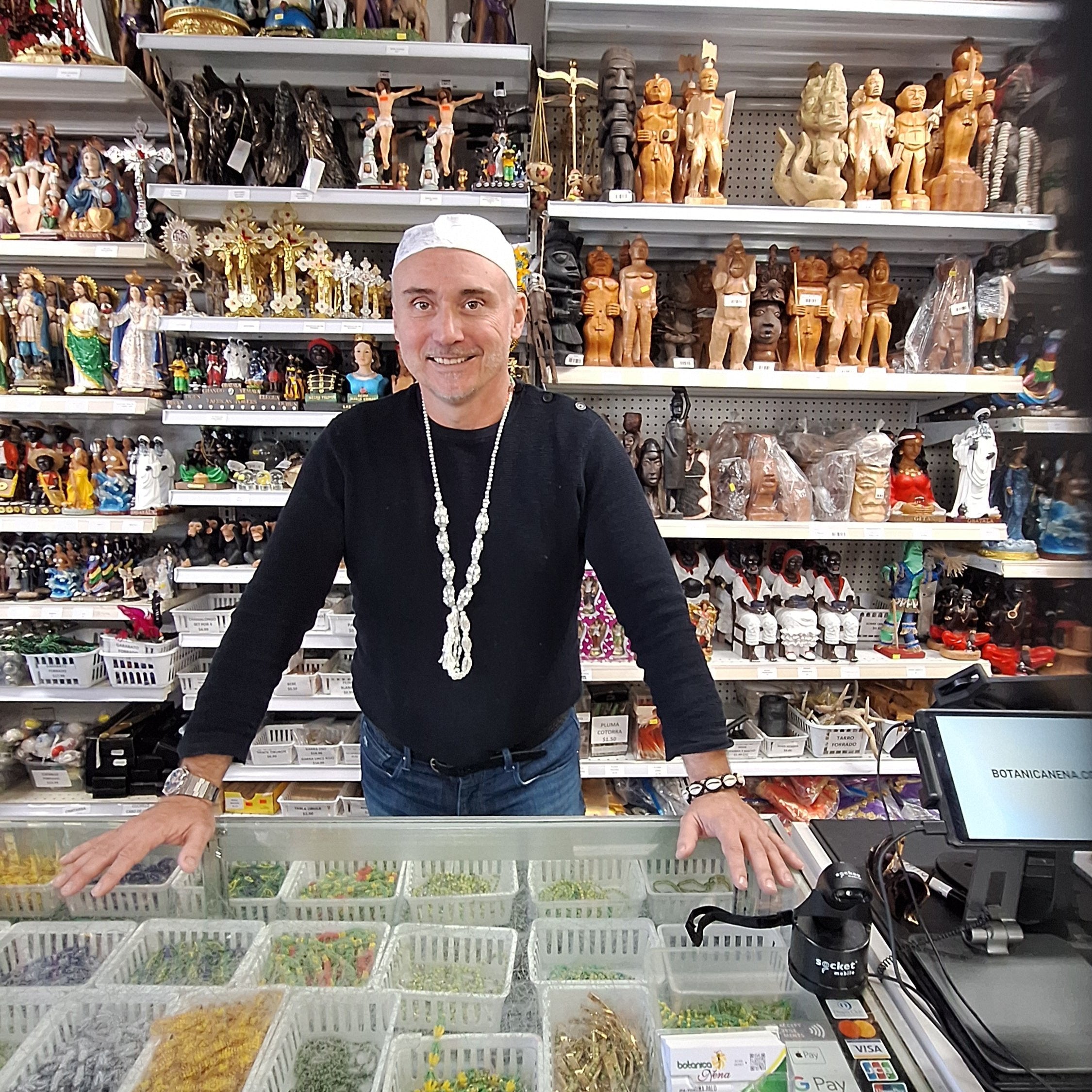



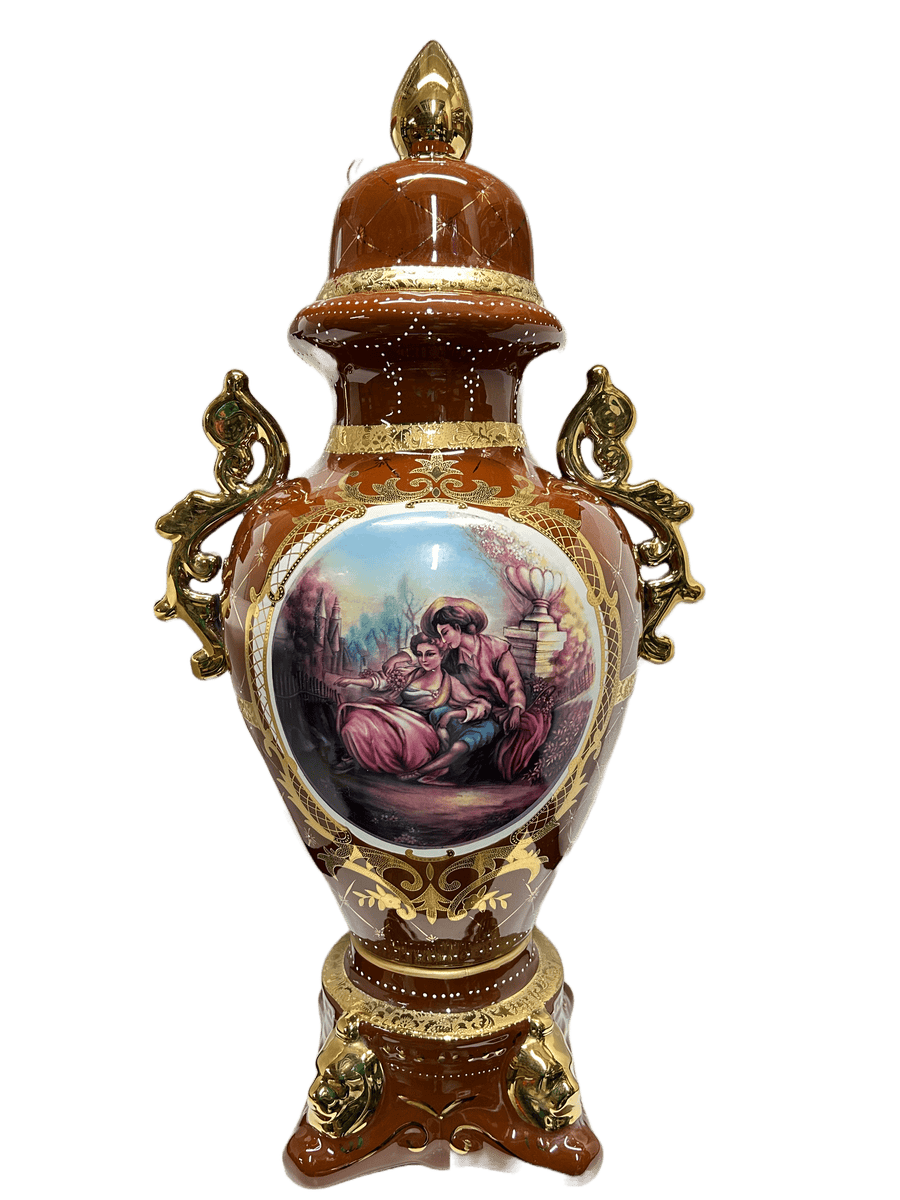
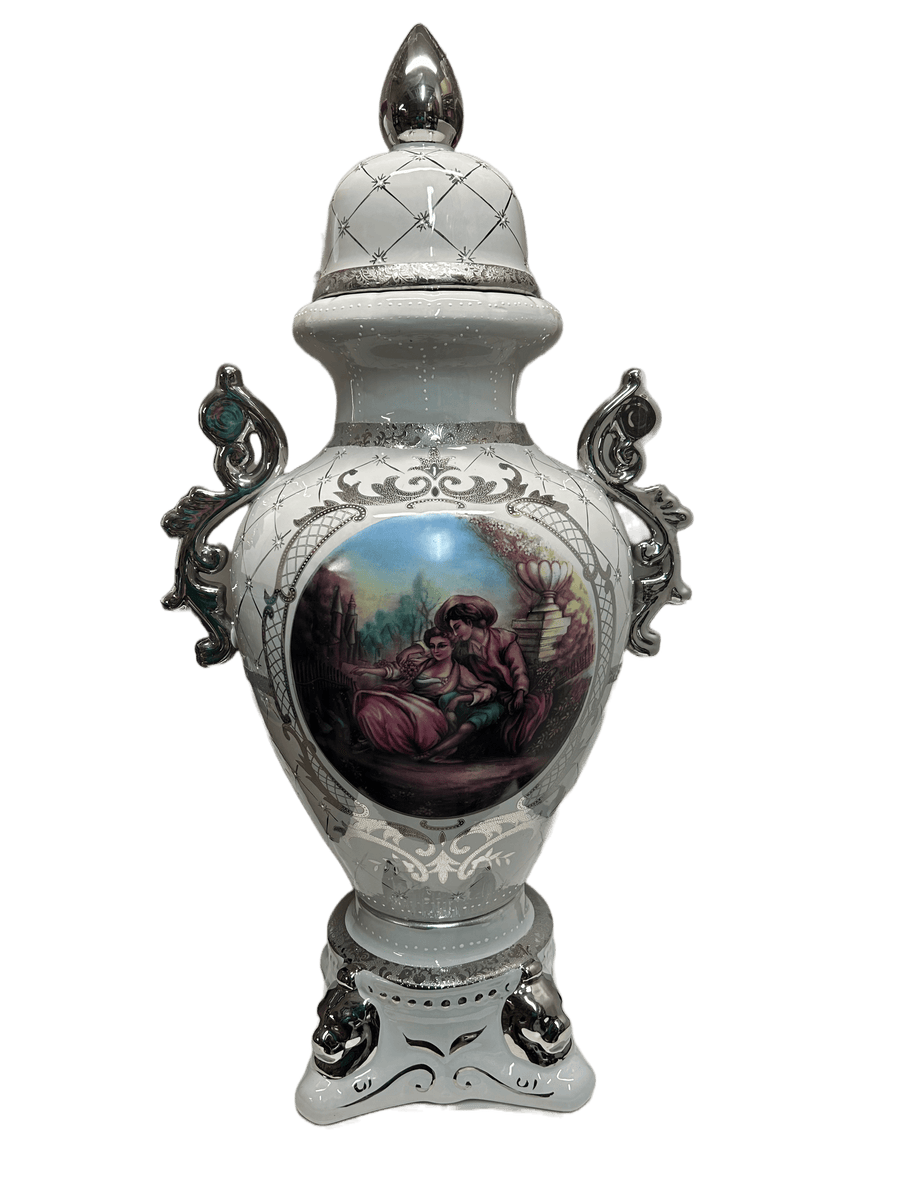
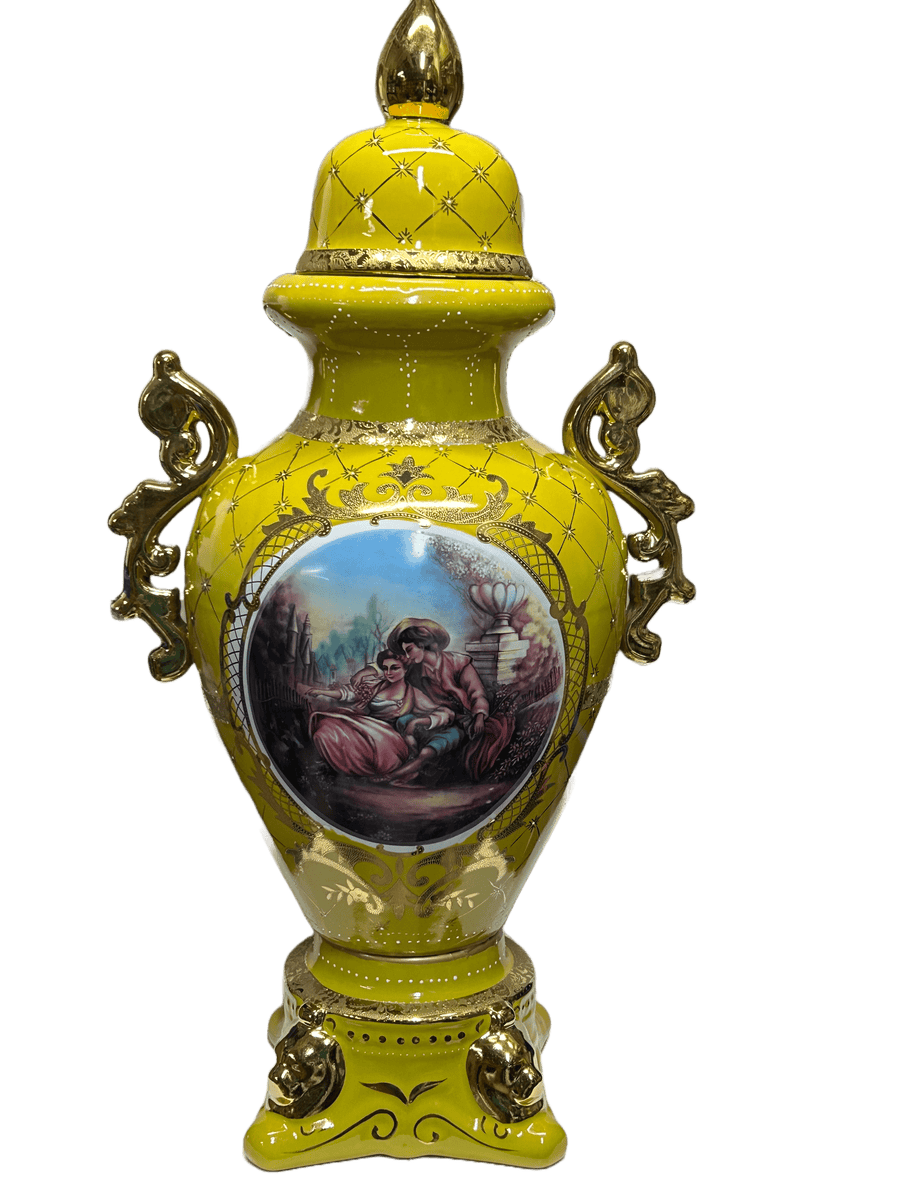



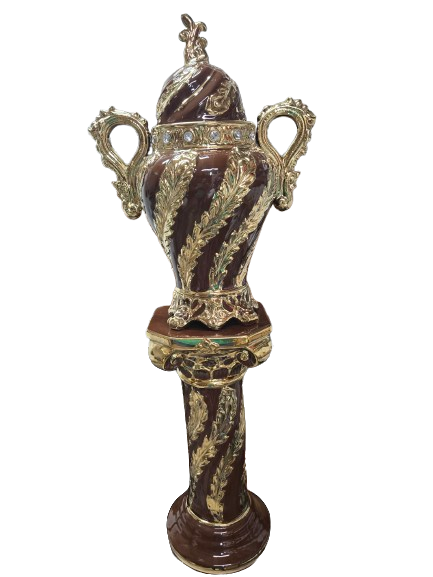
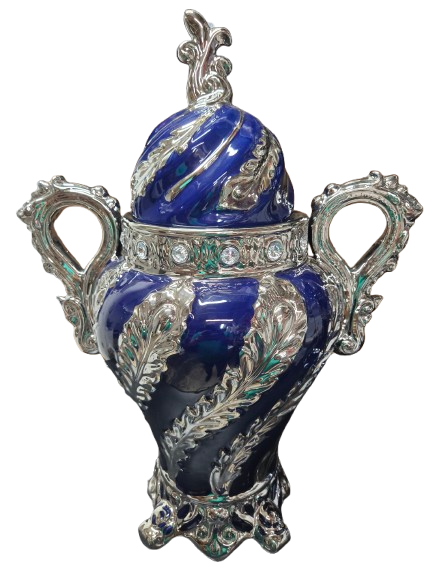
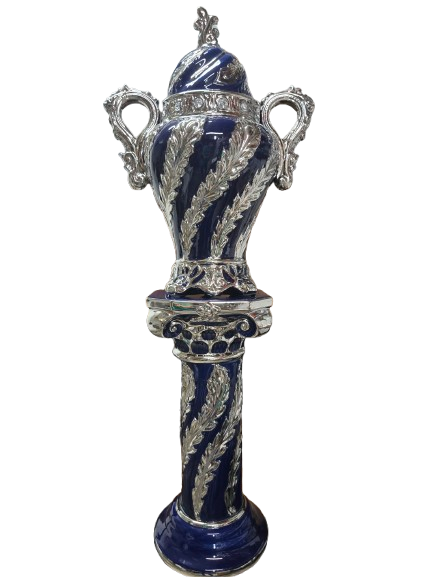

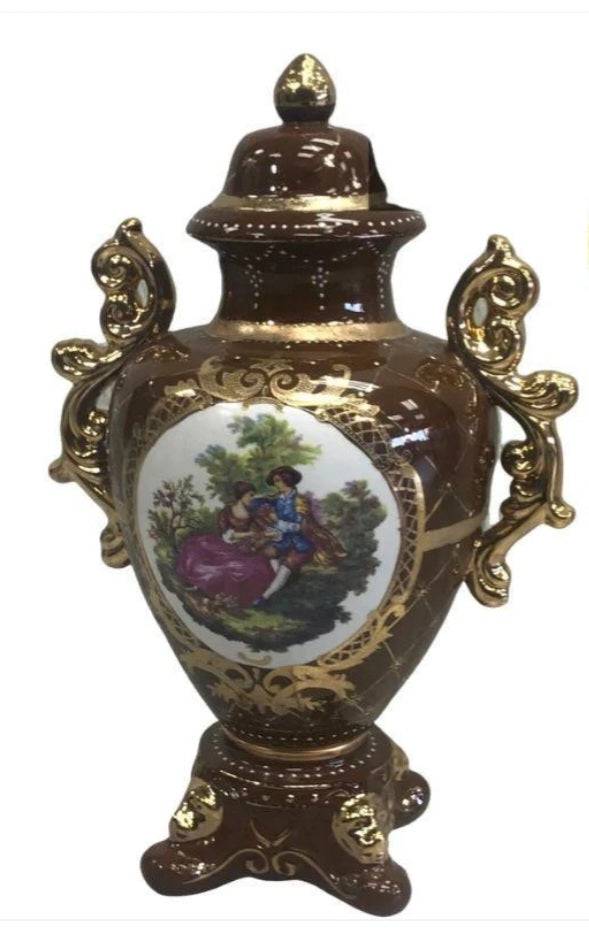
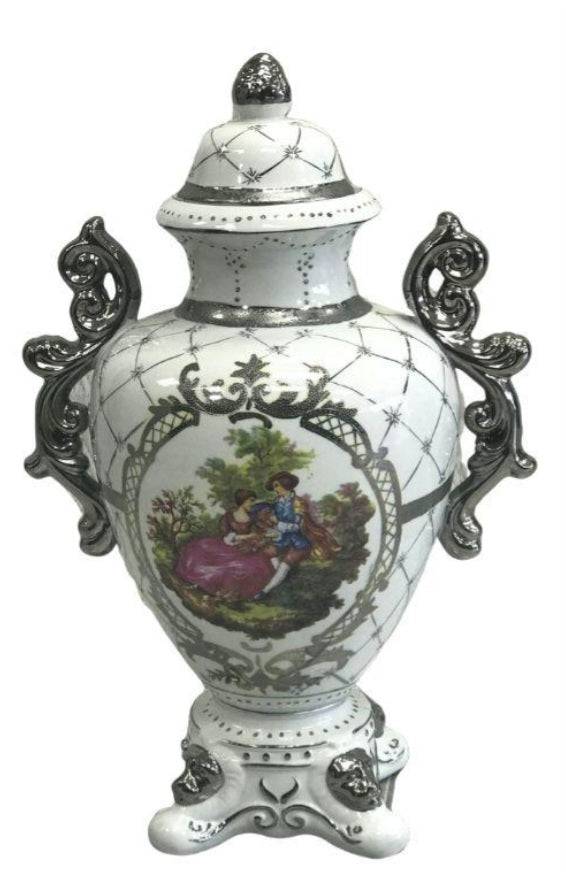



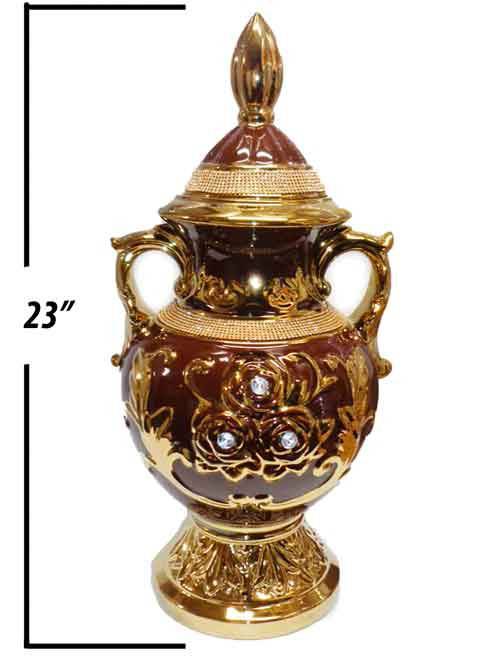




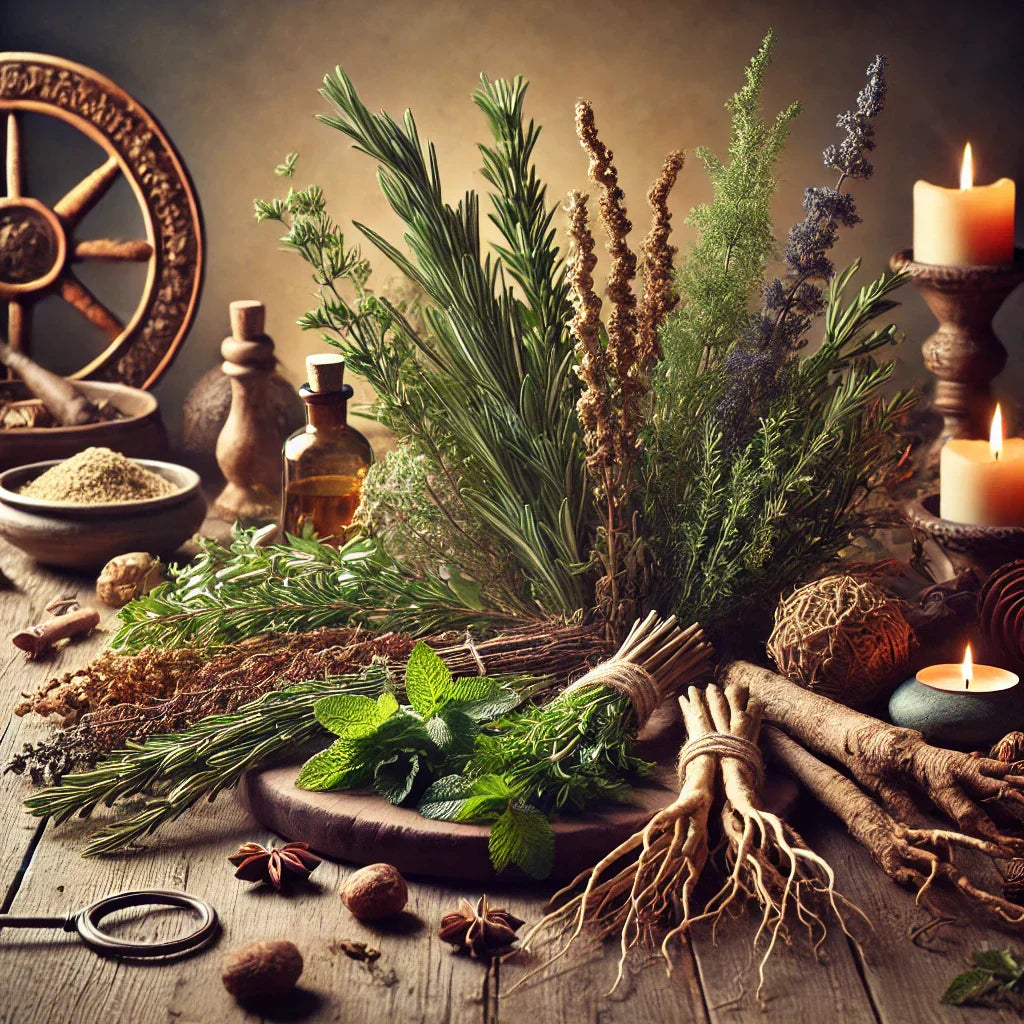

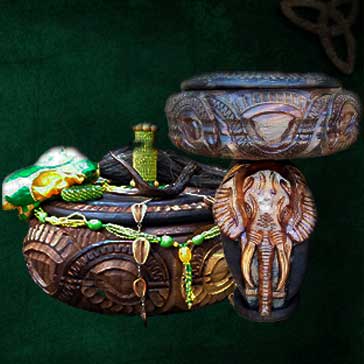


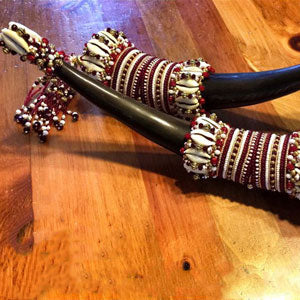


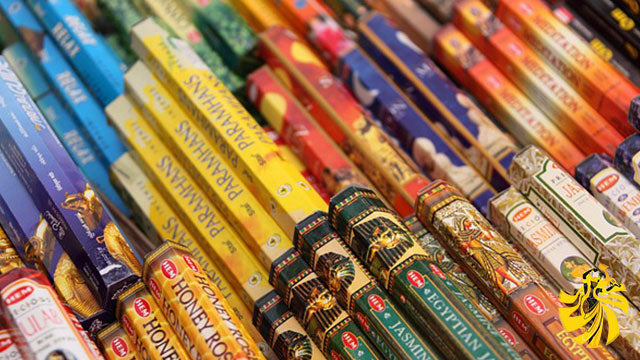
Dejar un comentario